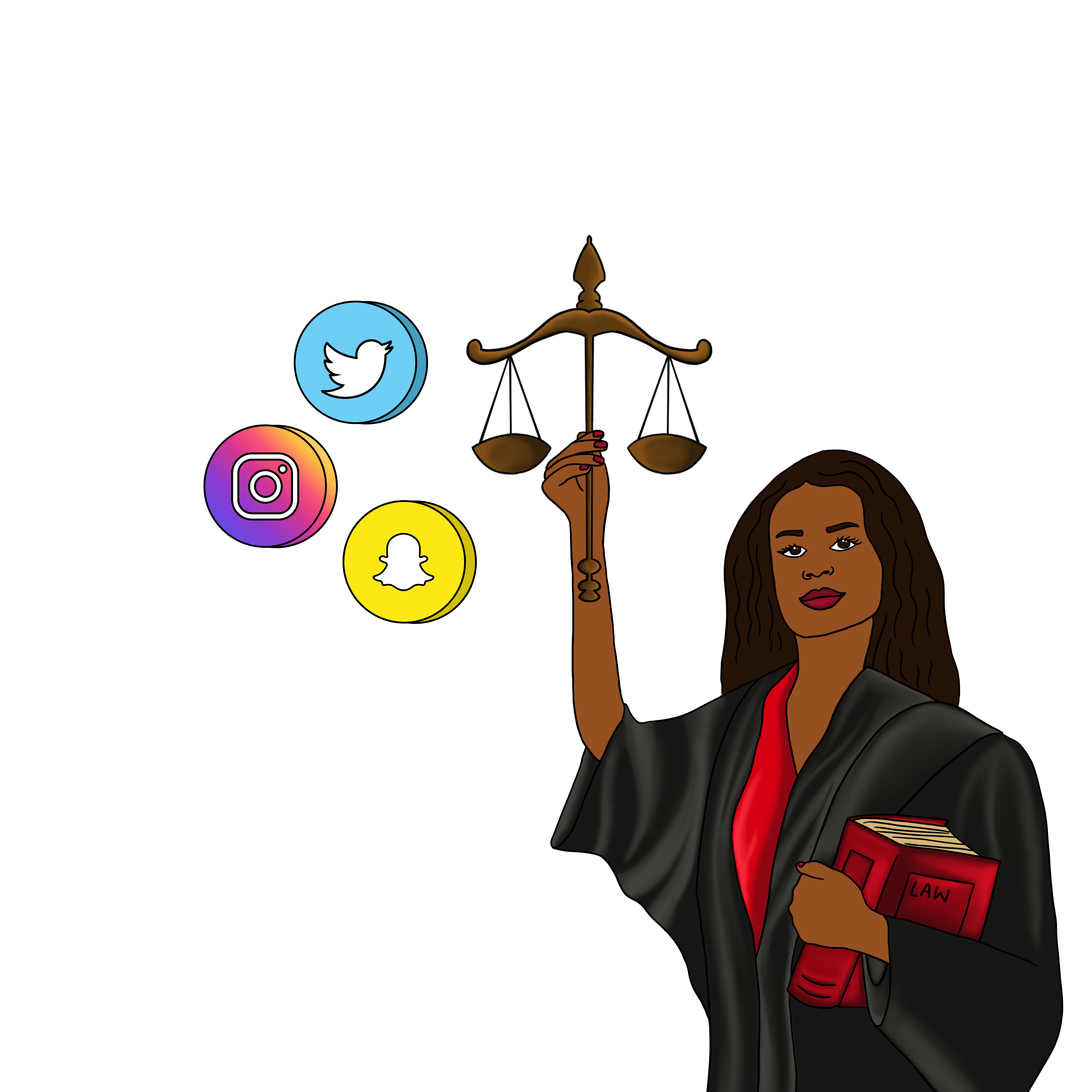THIS BLOG HAS BEEN WRITTEN BY ZEENAT KHAN , MEMBER OF DRF’S NETWORK OF WOMEN JOURNALISTS FOR DIGITAL RIGHTS.
Social media platforms provide women information practitioners, including human rights defenders, rights advocates, journalists and social media activists and feminists, with an increased ability to exercise their right to free expression as well as promote their activism. The greater level playing field provided by the social media allows women from different backgrounds and nationalities to have a voice and opens up a new avenue for women rights activism, expressing dissent and organising to push for social change. Movements like #MeToo point out to modern day feminism and community organising as well as solidarity in fighting sexism and harassment.
media activists and feminists, with an increased ability to exercise their right to free expression as well as promote their activism. The greater level playing field provided by the social media allows women from different backgrounds and nationalities to have a voice and opens up a new avenue for women rights activism, expressing dissent and organising to push for social change. Movements like #MeToo point out to modern day feminism and community organising as well as solidarity in fighting sexism and harassment.
The social media is acting as a double edged sword – such that on the one hand it provides a powerful avenue of digital activism and on the other hand it increases vulnerability particularly as ill-intentioned individuals and groups focus on generating misinformation and spreading hate, sectarianism and even terrorism increase.
Amid concerns that information disorder has a harmful impact on the society as a whole across the globe, the intersection of gender, social media and disinformation remains an understudied area, globally as well as locally. False and inflammatory news, trolling and using fake accounts on Twitter are not new tactics. They have even been used against human rights activists from different state and non-state actors to discredit their work and squelch their voices. It goes beyond challenging the reputations and safety of women information practitioners and puts their effectiveness in question.
Prominent and powerful women worldwide are facing what is called sexualised disinformation. In 2017, several women politicians in Georgia become victims of this when in the run-up to the parliamentary elections, a series of doctored videos showing them having sex were disseminated online to spead fear among them. Such personal attacks in online spaces are directed to restrict the space enjoyed by women as well as silence their voices.
In Pakistan, women rights activists and numerous collectives are using online spaces to highlight their work, assert and push for social change and this is undoubtedly given greater visibility to Pakistan’s feminist movement. However, the online spaces are a manifestation of the patriarchy and misogyny faced by women in the offline spaces. A study by Digital Rights Foundation (DRF), ‘Fostering Open Spaces in Pakistan’ which draws on the experience of around 60 women information practitioners from diverse professions points out to the overwhelming evidence that they are often targets of online threats, harassment and graphic sexual taunts aimed at delegitimizing and ultimately dissuading them from being active in online spaces. The study showed that 91% of the women interviewed feel that abuse in online spaces in gendered and its nature is rarely professional but mostly personal and 80% expressed concern that incidents of abuse limited their online activity.
The Aurat March 2019 was one of the most rousing feminist events in the recent past years. Women belonging to different social classes and political, sections, faiths, backgrounds and groups came together on a common platform to protest against the traditional patriarchal system that controls, limits and violates their basic rights. It was extensively promoted on the digital media inviting everyone who believed in the manifesto to join and march for gender equality. It opened up a new wave of feminism in the country in both online and offline spaces.
Following the march came the backlash which in online spaces saw an overwhelming dissemination of doctored images and the march organisers receiving rape and death threats. The doctored images of Aurat March placards that went viral on social media brought to fore the extent of sexualised disinformation that women activists face and served to harass them and discredit the movement and its demands. Majority of the people in traditional conservative Pashtun culture in Khyber Pakhtunkhwa criticized the women holding placards by stating that these women aim to destroy the family system and promote divorce culture. Some targeted them in the name of religion and questioned their character. People started challenging the slogans in the name of religion and badly criticized social activists.
There is a need to understand the intersection of fake news and gender better particularly to see how fake news agents and disinformation armies exploit gender norms in online spaces to influence and target certain actions or discredit and silence voices.
Here are a few strategies to counter fake news in online spaces:
-
Detect, identify and label fake news
The first important step is to identify the fake news or misinformation and report it accordingly to the wellsite or social media site. In March 2017, Facebook started putting tags such as “disputed by 3rd party fact checkers” on news stories found to be untrue or false by independent fact-checking organizations in the US. So, such posts need to be reported as abusive or fake news as the social media site can then make a review of it and sometimes even suspend the accounts.
-
Expose and counter fake news and misinformation
There are some websites by independent organizations intended at countering fake news by revealing their misrepresentations and contradictions. A major example of this is the Ukrainian Stop Fake Project started in 2014, which gathers fake news stories in the local context and shows evidence to prove that these are fake. An alternative strategy is that corrective information should be highlighted along with evidence.
-
Reporting such fake news to Crime Branch
If we have proof for the fake news then we can report the news site or account to the FIA cyber-crime branch that is the investigation agency of Pakistan. They would launch an investigation and would arrest and punish the culprits. As they have the fact checking tools that can help to identify the criminals.
-
Make facts matter:
Strengthening fact-based journalism is key for countering fake news. As if the journalists are untrained they might report fake news. So, we need to provide capacity building training to the journalists to avoid fake news and misinformation to be reported. There should be better and closer cooperation between media and academia. As academic research needs to be communicated more effectively so that it is more consumable by journalists and public-facing organizations.





